Boomer teens grew up with more unstructured time, fewer safety rules, and almost no digital tracking. They biked to friends’ houses without helmets, hitched occasional rides, and stayed out until streetlights came on. Since then, laws and norms tightened, from seat-belt and helmet requirements to indoor smoke-free policies, youth curfews, and strict school campuses. Phones now enable fast check-ins, and cities expect better risk management. Here are ten freedoms that felt normal decades ago, yet would bring warnings, tickets, or a call home today.
1. Staying Out Until Streetlights With No Check-Ins
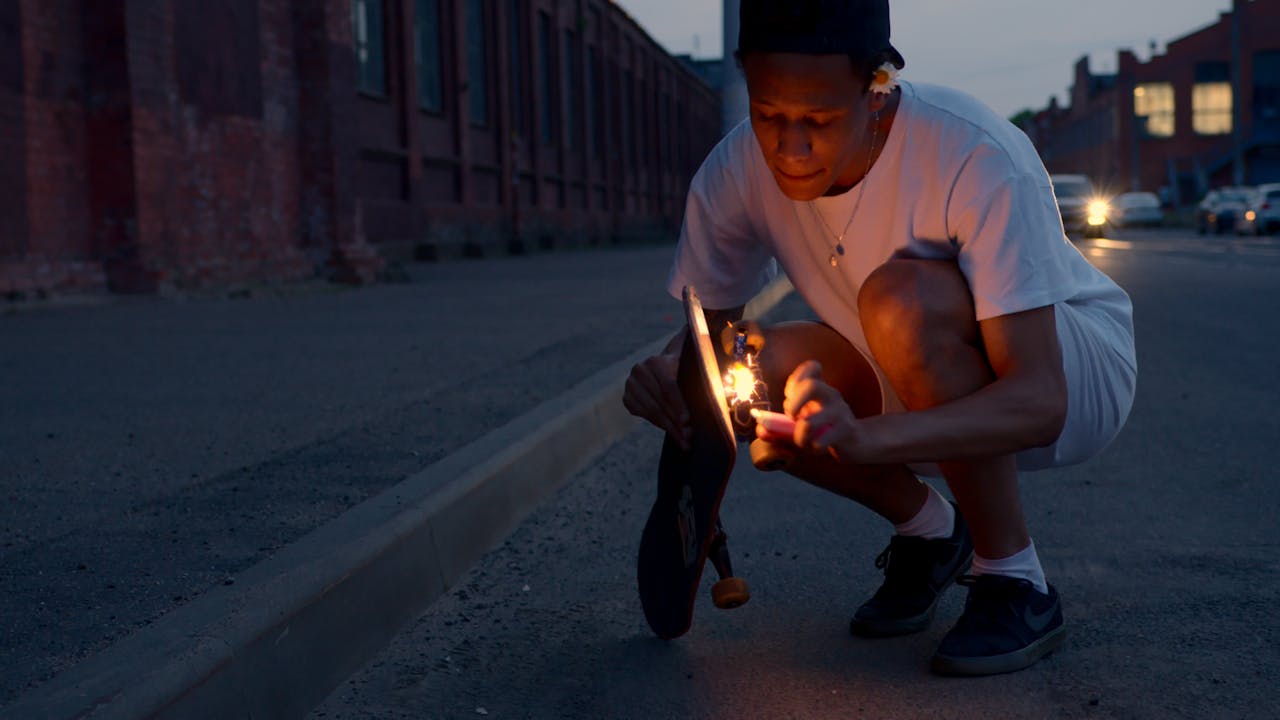
Boomer teens could roam the neighborhood until streetlights switched on, with no constant check-ins. Families trusted landline plans, not location-sharing apps. Today, many parents expect real-time texts, GPS pings, and strict meet-up times. Youth curfews are common in some cities, and schools message families if students miss class periods. More organized activities, busier streets, and safety awareness changed the norm. Freedom to wander still exists, but it now comes with updates, house rules, and clear time limits that adults actually enforce.
2. Biking Everywhere Without Helmets
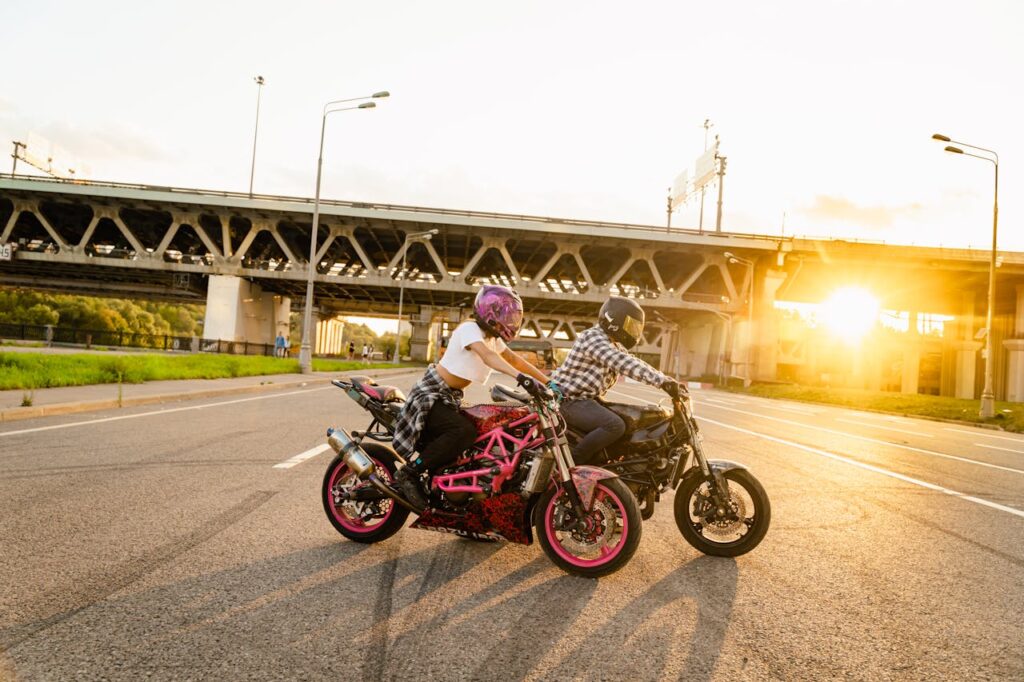
Riding to school or the corner store without a helmet felt normal decades ago. Few families owned hard shells, and local laws were rare. Today, many states and towns require helmets for minors on bikes, scooters, or skateboards, and schools promote safe-riding programs. Sports leagues set head-protection rules, and parents swap crash stories as reminders. Even where helmets are optional, drivers, traffic speed, and distraction risks push teens to gear up. The casual, hair-in-the-wind freedom faded.
3. Riding In The Back Of Pickup Trucks
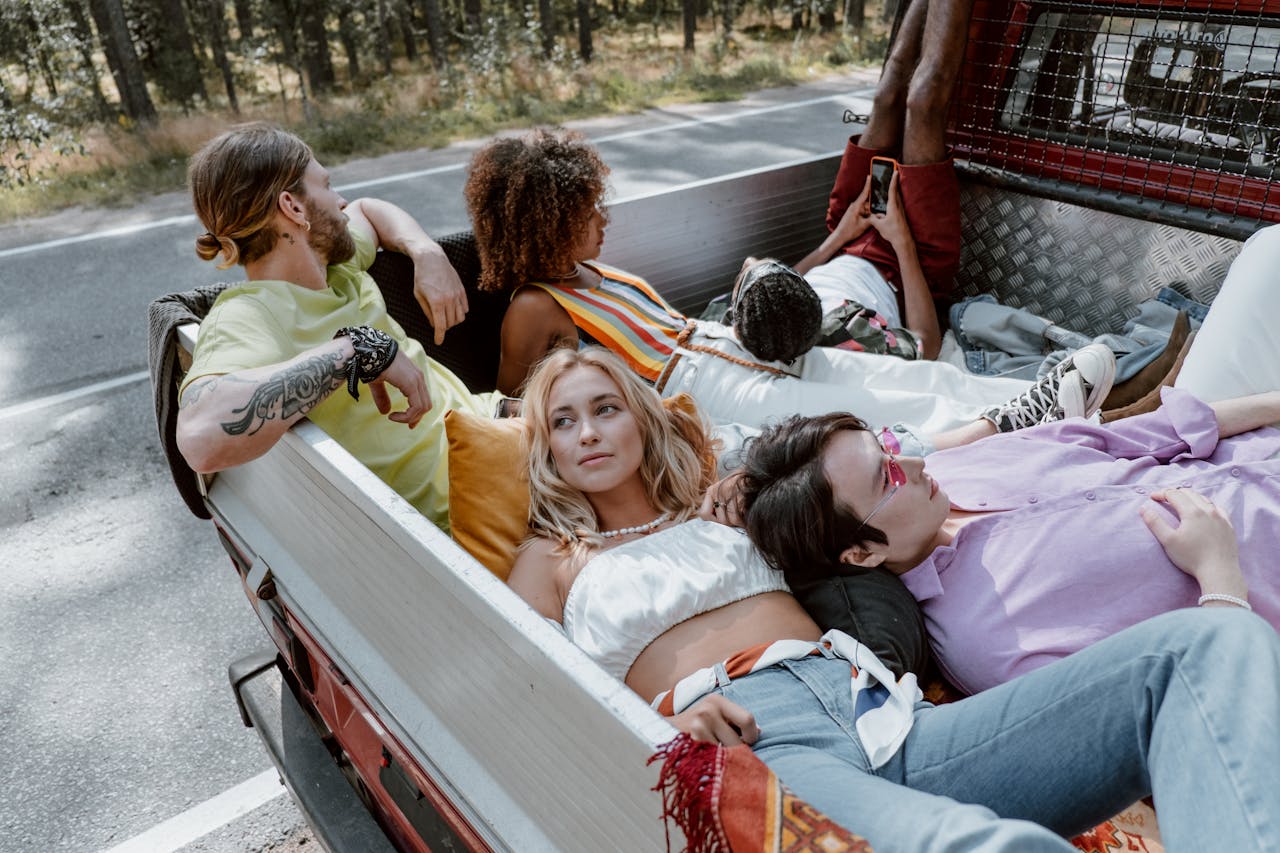
Summer memories for many Boomers include sitting in the open bed of a pickup during a quick trip to the lake. Now, several states restrict minors from riding in cargo beds on public roads, and liability worries make families avoid it. Police can ticket unsafe transport, and insurance may not cover injuries from exposed seating. Seat-belt laws, better child-restraint standards, and higher traffic speeds all push in the same direction. The once casual ride now belongs to parades and private land, not everyday errands.
4. Hitchhiking And Accepting Rides From Strangers
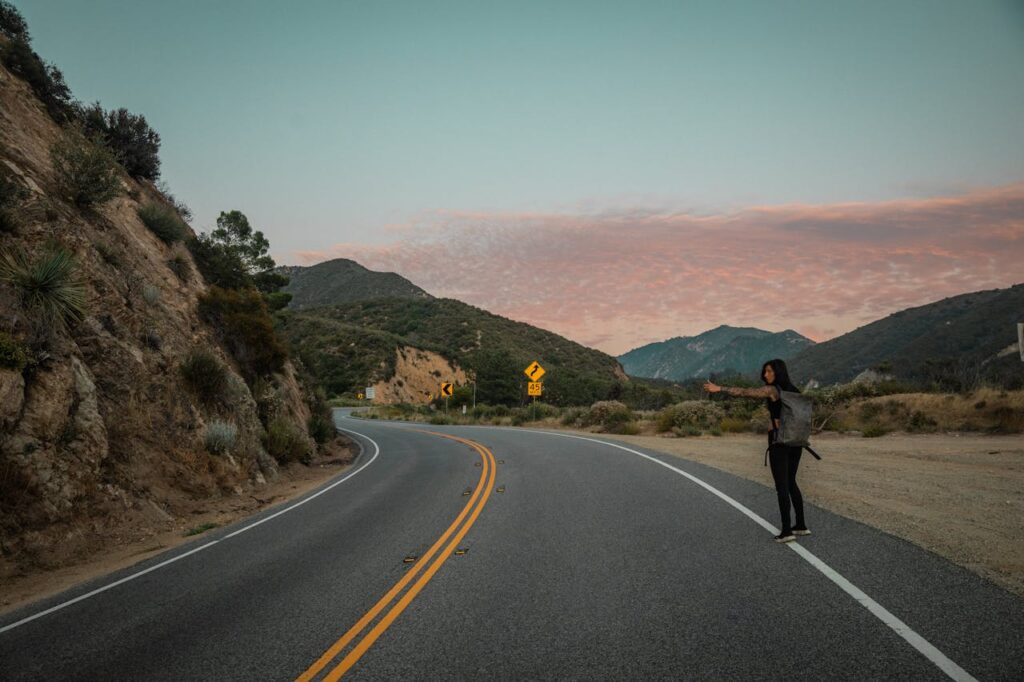
Sticking out a thumb on a highway ramp or accepting a ride from a stranger was a real option for teens, especially in rural areas. Today, hitchhiking is discouraged by law in many places, particularly near highways, and safety campaigns warn against it. Rideshare apps require identity, plate numbers, and trip tracking, reflecting a shift toward verified drivers. Family rules and campus safety briefings push teens to use pre-arranged carpools or school shuttles instead of roadside requests. The culture moved from spontaneous rides to planned transportation with check-ins.
5. Skipping Seat Belts On Short Trips
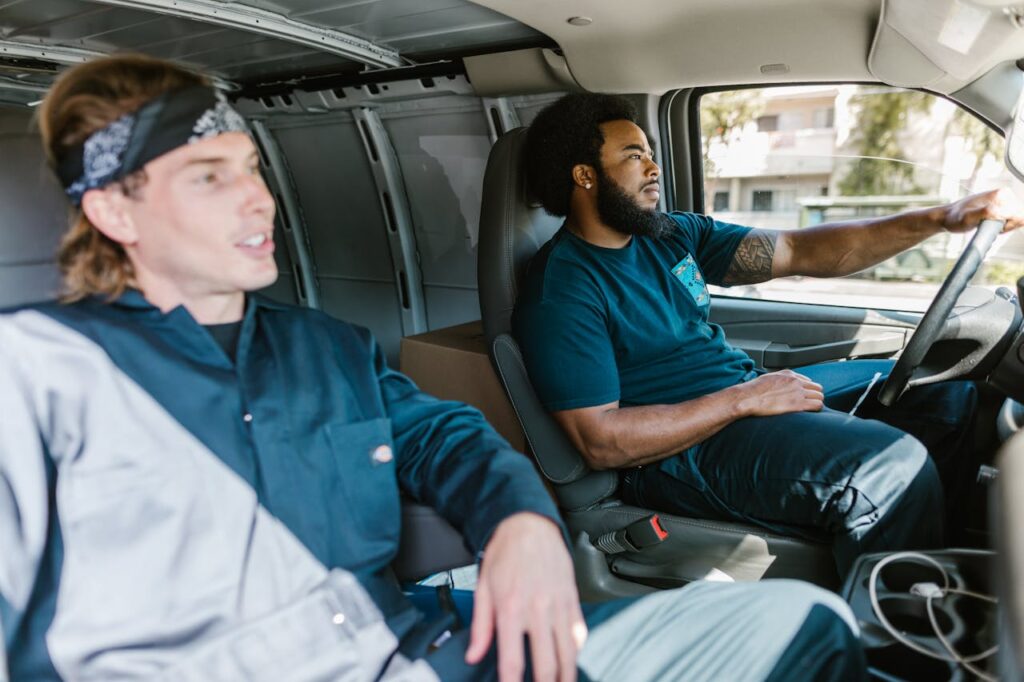
Plenty of families skipped seat belts on short drives in the 1970s. As evidence piled up, states adopted primary and secondary seat-belt laws through the 1980s and 1990s. Police can now stop drivers for belt violations in many jurisdictions, and fines are common. Crash data show belts and modern airbags work together, so buckling up is nonnegotiable. For teens, driver’s ed, school campaigns, and insurance trackers reinforce the habit. Friends call out seat-belt checks before the engine turns, and most cars chime until everyone clicks in.
6. Backyard Fireworks Without Many Limits
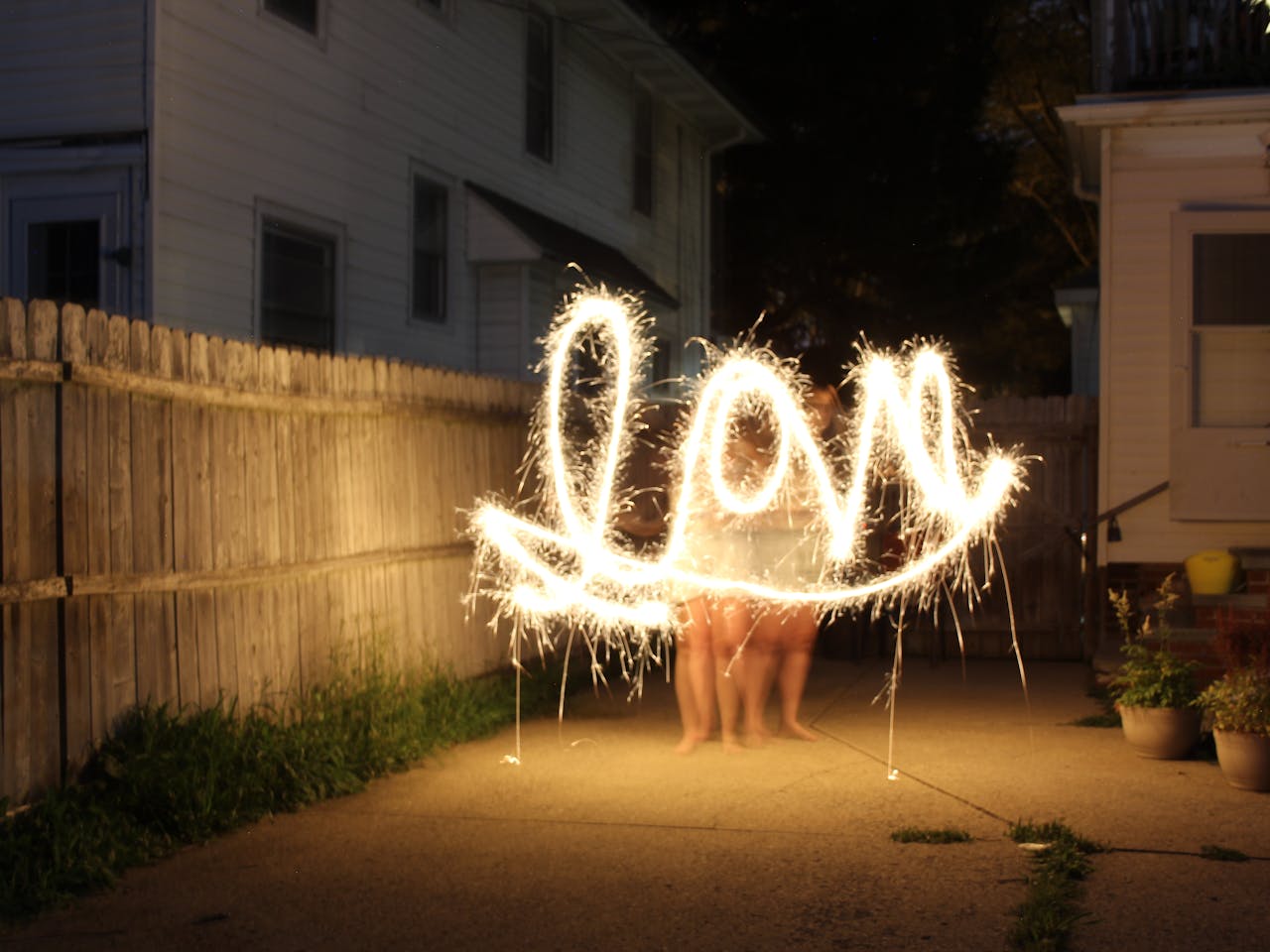
Backyard fireworks once defined neighborhood summers. Today, consumer fireworks are tightly regulated, with many cities restricting sales or use, and some states limiting aerial shells entirely. Burn bans during dry spells, noise ordinances, and firework-free zones near parks all add layers of rules. Injuries around holidays keep hospitals busy, so safety campaigns and fines target illegal launches. Community shows, firework alternatives like drone displays, and supervised sites replaced unregulated backyard blasts in many towns.
7. Open-Campus Lunch For Most Students
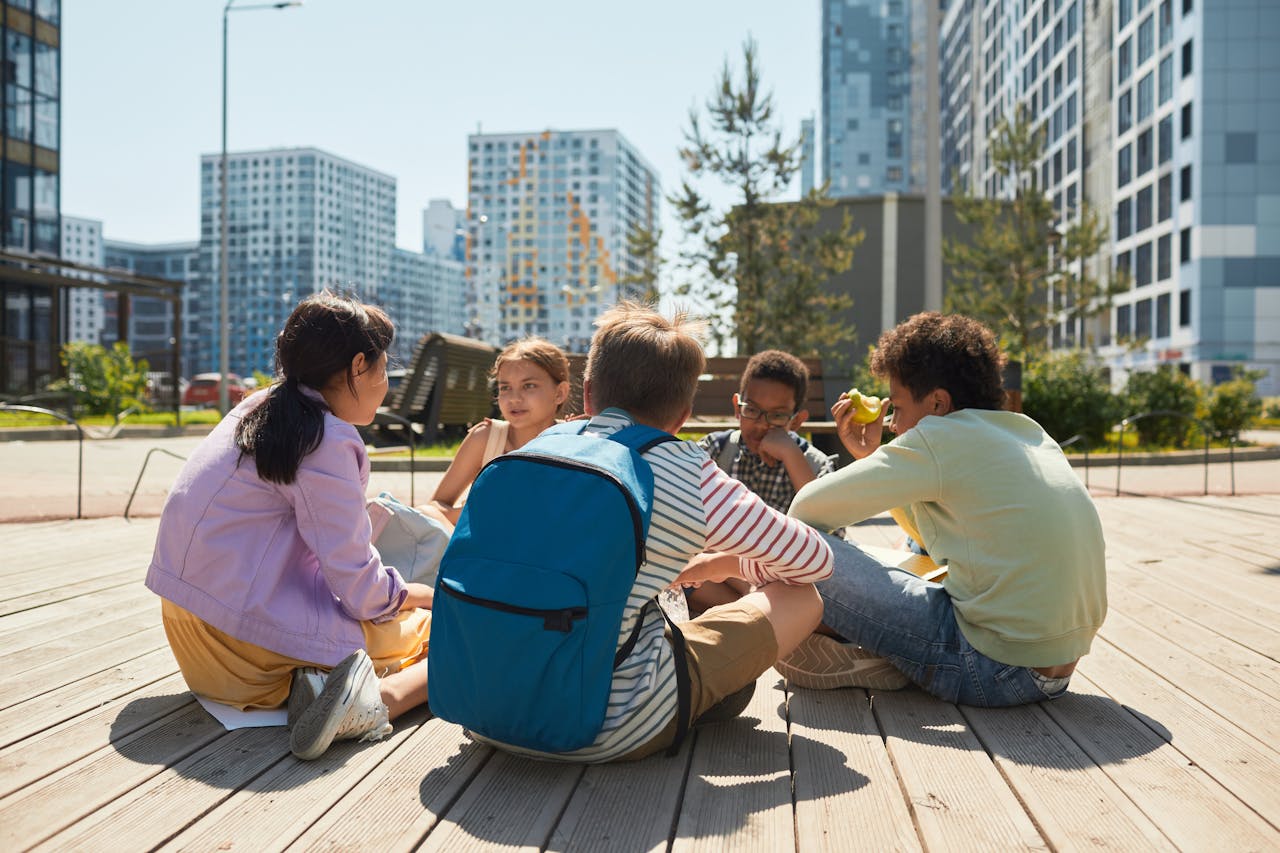
Open-campus lunch lets students walk to diners and corner stores, then drift back late without much record-keeping. Modern campuses are often closed, with students staying on-site for safety, attendance, and traffic control. Schools track entry with badges, and late returns trigger automated messages home. Liability, nearby road speeds, and past incidents pushed districts to tighten rules. Some schools still allow juniors and seniors to leave, tied to grades, behavior, and signed permission forms.
8. Roaming The Mall For Hours
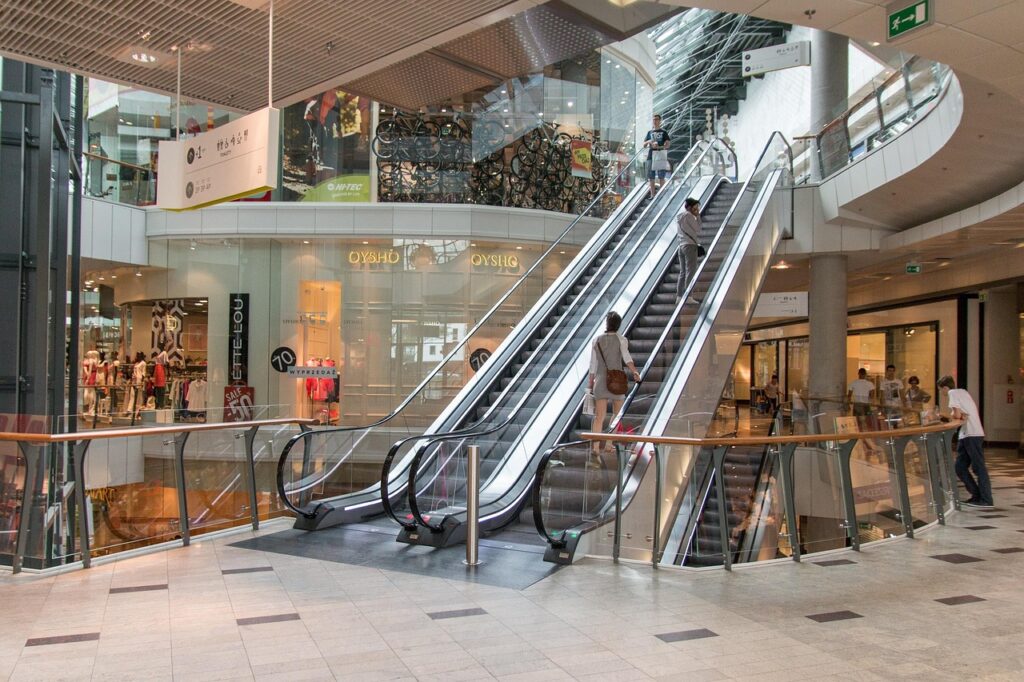
Hanging at the mall until closing once meant roaming for hours with little oversight. Now, many shopping centers post youth policies that require adult chaperones at certain times, especially on weekends. Security teams can ask unaccompanied minors to leave after curfew hours, and stores prefer quick pickups over large teen groups lingering. Online shopping also emptied food courts, so fewer places tolerate aimless crowds. The classic Saturday mall loop became a shorter, parent-coordinated trip.
9. Smoking Allowed In Teen Spaces
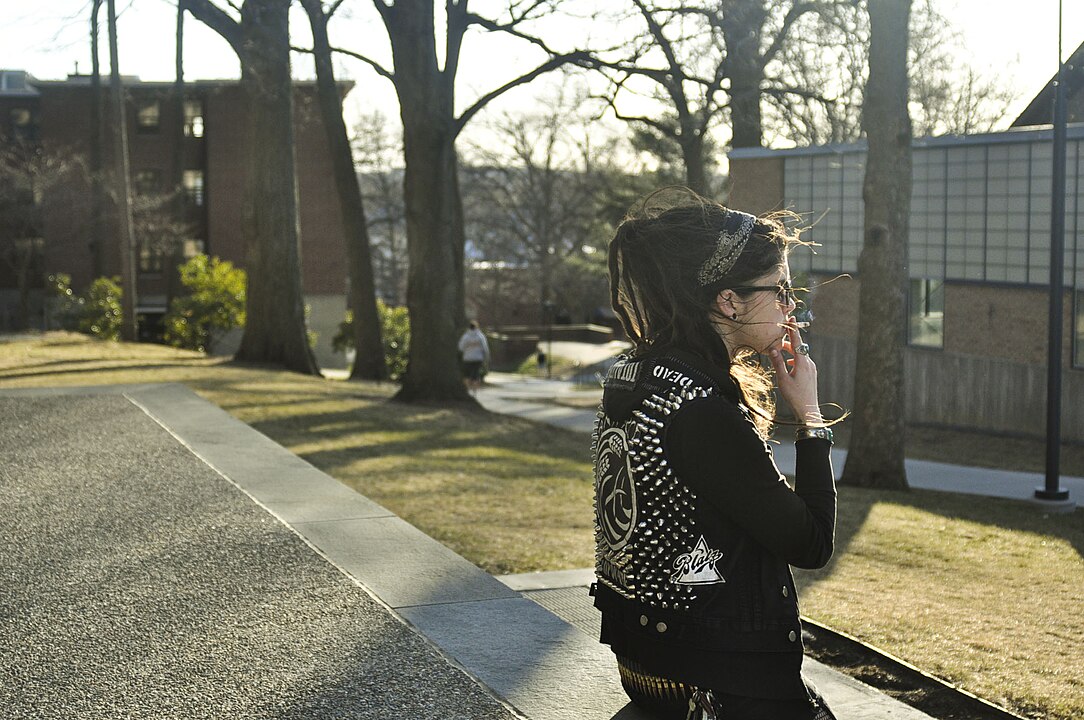
Cigarette smoke floated through arcades, diners, and even some school events. Today, smoke-free laws cover restaurants, campuses, and indoor public spaces in most states, and vaping bans now include e-cigarettes. Schools enforce tobacco-free campuses, and athletes face penalties for nicotine use. Fire sprinklers, detectors, and lease terms add pressure at home. Teens still see smoking in older films, yet the everyday, anywhere habit is gone, replaced by warning signs, fines, and designated outdoor areas.
10. Tall, Bare-Metal Playgrounds
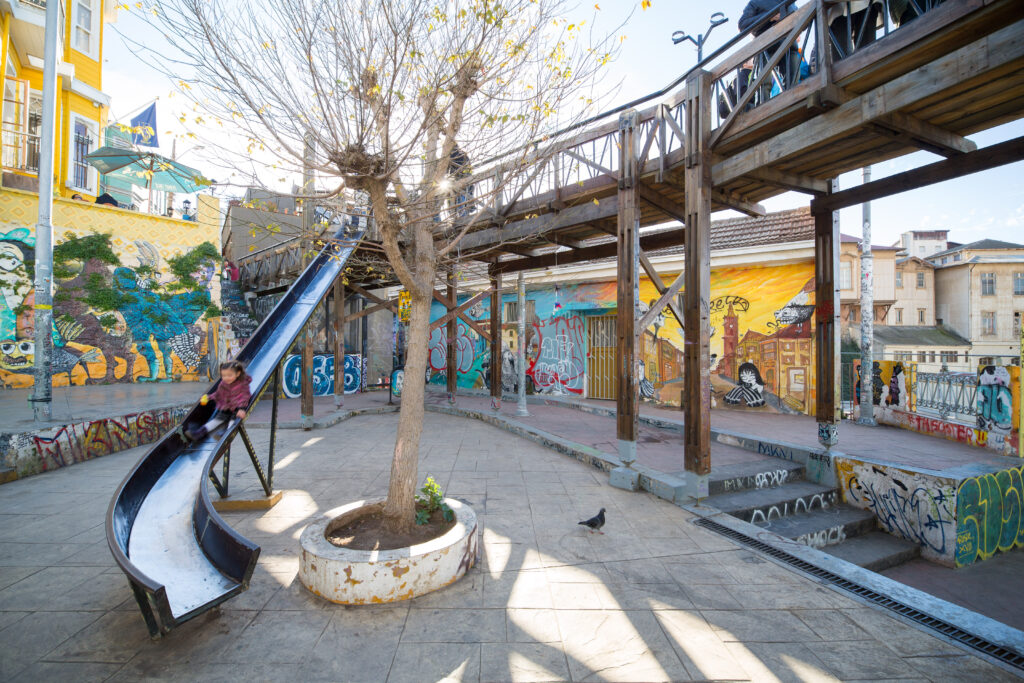
Playgrounds used to feature tall metal slides, bare dirt, and spinning equipment without guardrails. Modern safety standards call for impact-absorbing surfaces, guarded platforms, and age-graded zones. Cities inspect equipment, schools document incidents, and manufacturers publish fall-height limits. The result feels tamer, yet injuries drop when surfacing and guardrails are done right. Teens notice the difference when they revisit elementary schools, where daring climbs gave way to safer, lower structures designed to manage risk without losing all the fun.


